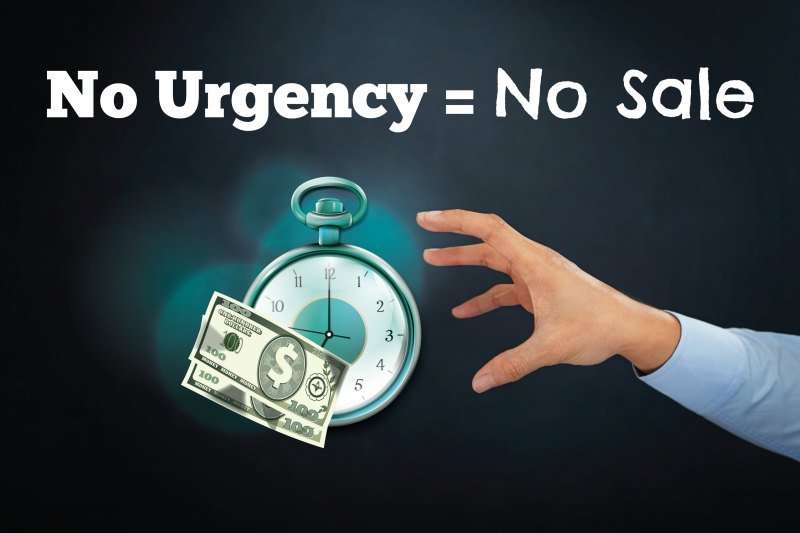As you may have heard, “Labor Day” originated during the 7-day workweeks of 12-hour days in the late 1800s, as our country was in the throes of the Industrial Revolution. Times have certainly changed since then — and the manufacturing jobs of the past no longer drive our economy. Yes, now our economy is about *knowledge* … and that’s why I take the time each week to inform YOU about the “real world” steps you should be taken as a small business owner to be prepared for any circumstance.
This brings me to a question: Can I do anything to help you or any other small business owner this week?
I take pleasure in helping my clients and business owner friends thrive during this craziness in our culture and economy, and my weekly Notes are just one way I’m happy to help.
But I hope you know that there are probably other ways in which we could come alongside you and your business. From cash control analysis to taking financial tracking off your plate to tax planning and other consultations — we’re here for you.
Give me a call, or send me an email … we are in your corner. Yes, we’re headed into a busy period before the deadlines on 9/15 and 10/15 for our various clients on extension or filing under corporate status — and then we start gearing up for our busiest season of the year after the holidays.
We set aside time for YOU.
Give us a call, or drop me an email.
This week I’m wrapping my series on marketing mistakes by offering more marketing tips for a small business owner. Here you go…
Marketing Tips for a Small Business Owner
“Trust your instincts when they tell you to ‘pause’ and think it over.” -Susan G. Owen
Over the last few weeks, I’ve written about how many small business owners shoot themselves in the foot by failing to improve their advertising and sales processes. So far, I’ve given you FIVE blunders to avoid:
1. Failure to tell your story.
2. Right product, wrong market?
3. Good market, wrong problem?
4. Right problem, wrong pitch or promise?
5. Perfect pitch, wrong timing?
So, let’s keep plugging those holes for you, shall we? Here’s the final installment.
6. No urgency.
In most cases, it’s just common courtesy not to rush people. But that’s a courtesy you can’t afford when you’re trying to close a sale. Why? Because of the salesperson’s and marketer’s greatest enemy … inertia.
If you can’t push your prospect to “act now,” you’re only inviting him to shelve the offer until later. Translation: Never. It’s not a question of politeness; it’s a question of sales and marketing survival.
Go back and look more closely at your sales piece or script. Start with the offer and work backward. Is there a deadline for any special deal you’re offering? Is there a bonus for a speedy reply?
If you can work it into the deal, do so. But then move back through your piece and find places to repeat or highlight the deadline date. Make it as specific as possible. Midnight on a certain date, just weeks from your mailing. Or maybe a website countdown. Or a limited number of orders allowed.
If one thing drives people more than the promise of getting something, it’s the fear of missing out. In short, if there’s no urgency, find some. And make sure you build that tension, the closer you take your prospect to the point of the sale itself.
7. Failure to offer proof.
As much as we may consider ourselves thoroughly rational creatures (and I say this as a “numbers person”!), no sale is ever made based on logic alone. The way to get attention and action is with emotion.
(Some people shy away from using emotion, and that’s quite understandable — because it’s often perceived as “manipulative”. My simple contention here is that if we don’t speak in the language of emotion, then we’re not truly speaking the real language of life.)
That said, once you’ve engaged a prospect emotionally, you’ve got to give him or her a reason to believe. You’ll want to work into your script or sales piece a way for prospective clients to go back and rationalize their smart decision to use your product or service.
Credibility-building charts and statistics, relevant stories, strong testimonials, track record, expert testimony, reassuring credentials … all support the prospect’s original emotional commitment.
If you already use these elements, I suggest you go back and ensure your proofs are clear and easy to read. Keep testimonials as naturally presented as possible. Don’t use stock photos. Use pictures of the real customer and full names if you can. Mention experts who recommend your product
If you’re reading third-party sources that support your claims, name them. And use quotes just long enough to show that the credible experts agree. Don’t just say your results are great. Show what happens when you get great results. Thinner customers. A nicer car. A bank statement. A healthy, happy couple. And so on.
Anything to put an image into the imaginations of your future customers.
8. Failure to close.
This is the last one, and it’s a biggie.
Zig Ziglar famously said, “Timid salespeople have skinny kids.” And once you’ve gone through your sales process, written a fantastic sales piece or advertisement, you MUST seal the deal with an actual “ask” and a clear call to action — stating *exactly* what your prospective customer should do right now.
Without this final step, all your good efforts go to waste!
Again, I don’t pretend to be a marketing “guru” … I see what works for my clients and pass it on.

